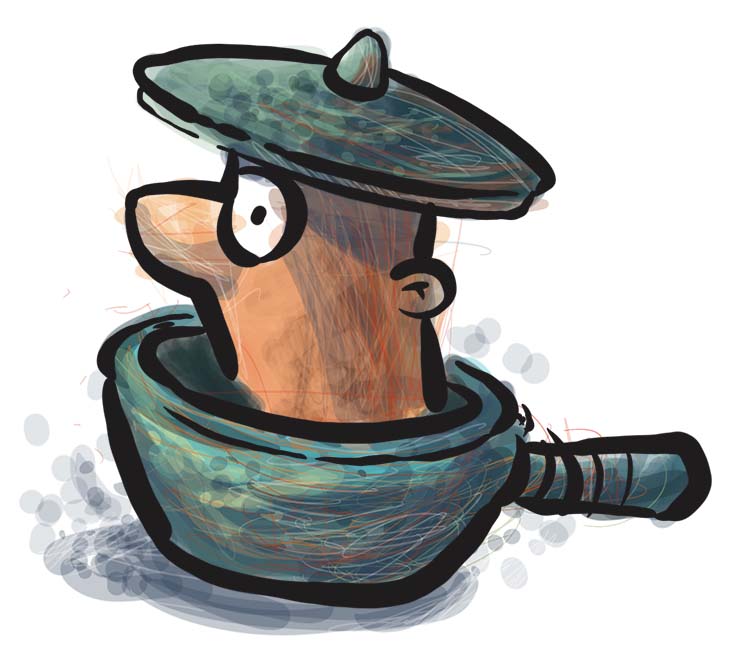When we write an article, we tend to get one point across.
Yet, what if we were to disagree with our “one point” and do a complete U-turn? It doesn't seem logical to flip flop, does it? And yet that's what the client needs to create a more complex, more interesting version of an article. Let's find out why u-turns are crucial when writing articles.
Right click to save this episode.
I once wrote an article saying I listened to podcasts while walking.
Almost as soon as the e-mail went out, a client wrote back. She didn't agree with me, either. “I like to enjoy the sounds of nature”, her e-mail started. “I don't fancy listening to anything, not podcasts, not music when I go for my walk.”
The moment I read that note, I realised I'd made a fundamental mistake with my writing. I'd also missed the opportunity to bring in the drama. When an article doesn't make a U-turn, it's less of an article and more of a monologue.
What's a U-turn anyway?
When someone says: You should drink eight glasses of water a day, surely you have a slightly different opinion. Maybe you think ten glasses are better. Or instead, six are more than enough.
Whatever the final thought, most of us never simply accept information without having some sort of objection in place. When we purchase a product or service, we have an objection or two —or six. When we're faced with an idea, there's no reason why we should buy into it without questioning it just a little bit.
This is why the U-turn is so crucial.
When you put in a U-turn, you prove to your audience that you've covered both sides of the argument. It gives added heft to your article, which is not the case if you go prattling off in one direction.
It also adds much-needed contrast when you brake and suddenly go off in another direction, only to make another U-turn down the road and come back the same way. However, the moment you contradict yourself in a meaningful way, you can deconstruct the objections that may pop up from your reader or listener.
But surely not all articles need to have a U-turn.
A U-turn doesn't mean you have to destroy the facts (or the science). Instead, it's just taking the view of the reader or listener.
If you're saying something like: Boil the water to 100°C, you can't suddenly say, “boil it to 89°C.” What happens if the reader can't boil the water? All you're doing is going down a path where the advice you're giving can't be implemented.
Objections matter. You're looking into what the client might object to, and then you're carefully deconstructing that objection. Just keep it to one or two U-turns.
Otherwise everyone gets a bit dizzy.
It's a tiny piece of advice. Yet it adds drama. Try it.


Leave a Reply